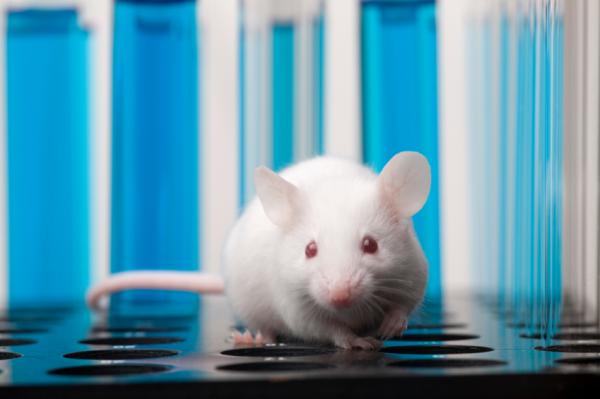
© iStockphotoNew connections begin to form between brain cells almost immediately as animals learn a new task, according to a new study.
New connections begin to form between brain cells almost immediately as animals learn a new task, according to a study published recently in
Nature. Led by researchers at the University of California, Santa Cruz, the study involved detailed observations of the rewiring processes that take place in the brain during motor learning.
The researchers studied mice as they were trained to reach through a slot to get a seed. They observed rapid growth of structures that form connections (called synapses) between nerve cells in the motor cortex, the brain layer that controls muscle movements.
"We found very quick and robust synapse formation almost immediately, within one hour of the start of training," said Yi Zuo, assistant professor of molecular, cell and developmental biology at UCSC.
Zuo's team observed the formation of structures called "dendritic spines" that grow on pyramidal neurons in the motor cortex. The dendritic spines form synapses with other nerve cells. At those synapses, the pyramidal neurons receive input from other brain regions involved in motor memories and muscle movements. The researchers found that growth of new dendritic spines was followed by selective elimination of pre-existing spines, so that the overall density of spines returned to the original level.
